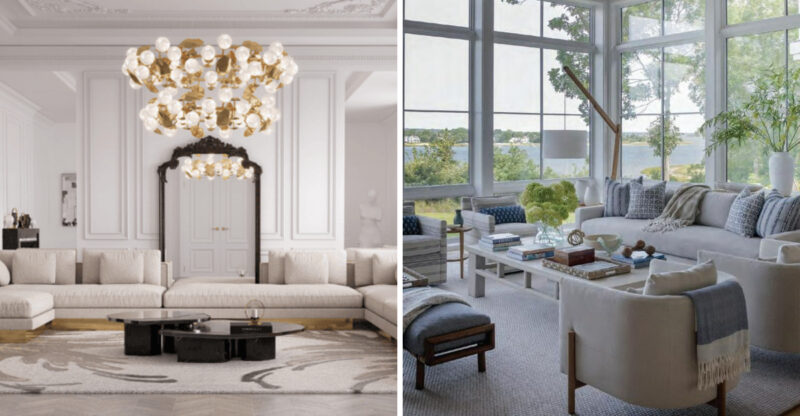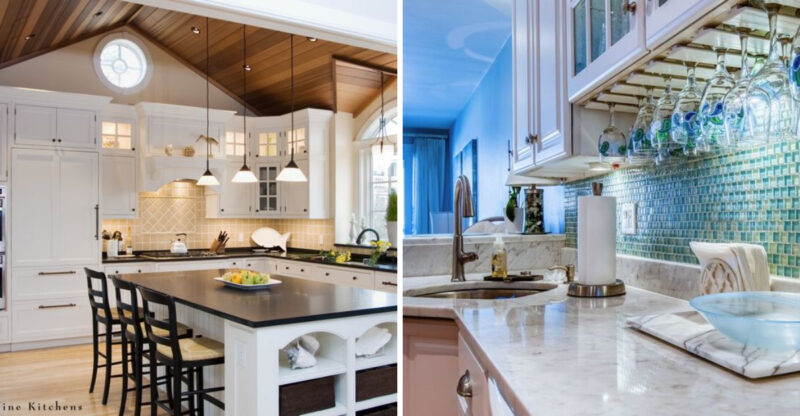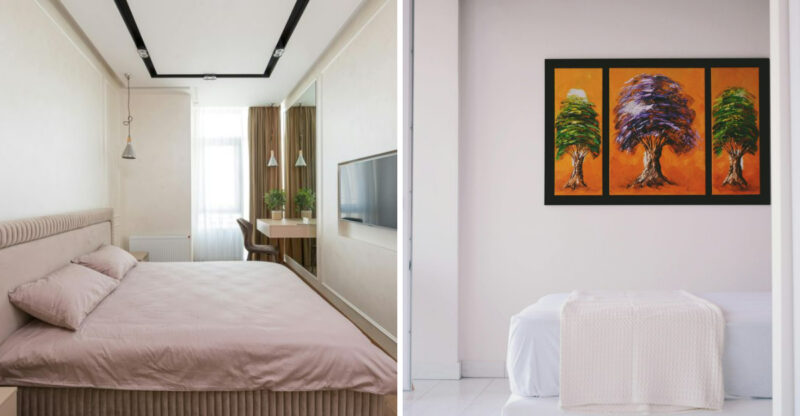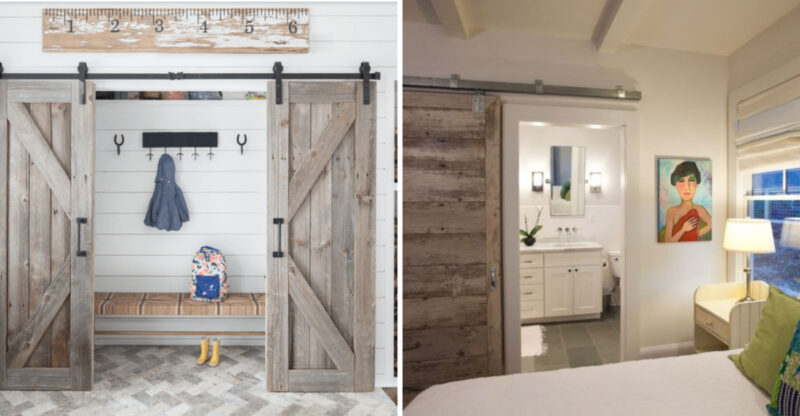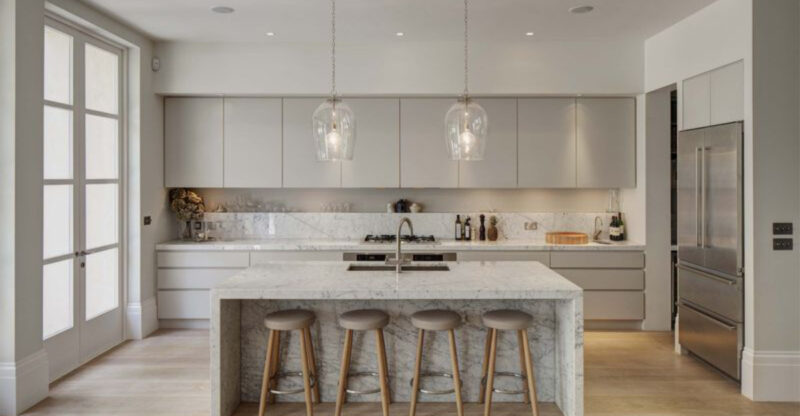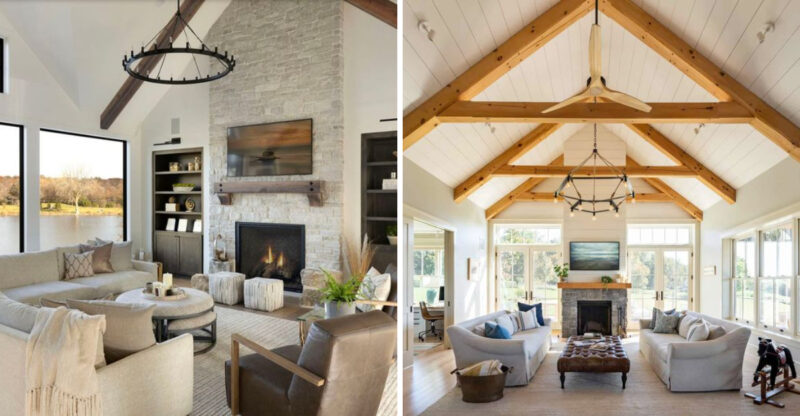How Chrome Elements May Be Returning To Interior Design
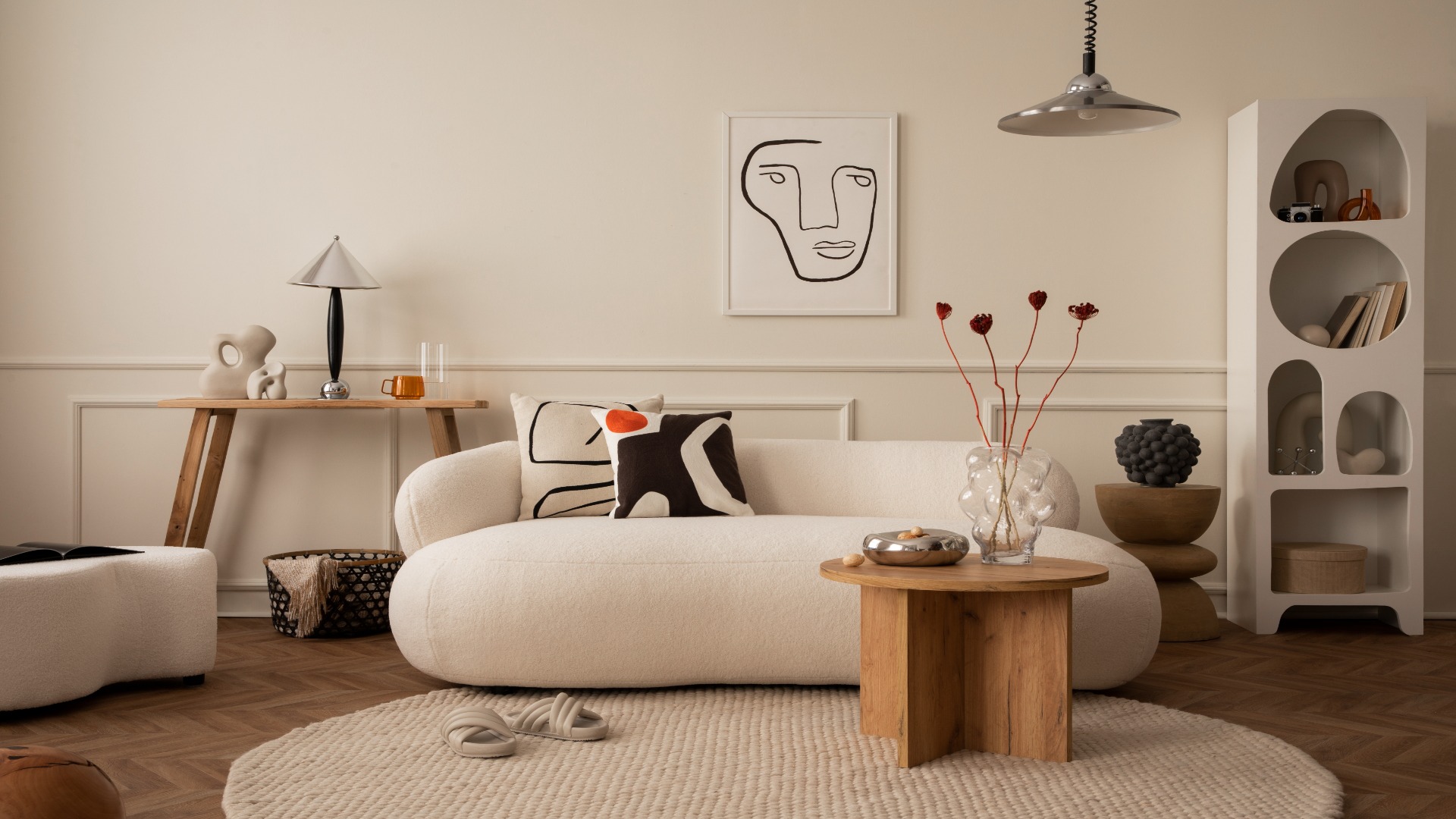
Chrome is stepping back into the spotlight in interior design, bringing a polished edge to spaces that once leaned toward warmer metals. After fading from kitchens, living rooms, and bedrooms for years, it returns with a lighter, more refined touch. People use its reflective surfaces to open up rooms, add brightness, and create modern accents that feel fresh yet timeless.
This article is for general informational purposes only. Design trends, product availability, and costs may vary over time and by location. Always review materials and consult design professionals when making significant interior design decisions.
1. The History Of Chrome In Interior Design
Chrome first gained popularity during the Art Deco period of the 1920s and 30s, symbolizing modernity and industrial progress. Its sleek, mirror-like finish perfectly complemented the geometric patterns and bold designs of the era.
By the 1980s, chrome had reached peak popularity, appearing in everything from furniture frames to bathroom fixtures. The material’s cold, reflective quality eventually fell out of favor as warmer, more organic design trends emerged.
2. Why Chrome Is Making A Comeback
Today’s chrome revival stems from seeking balance in spaces dominated by organic materials and soft textures. Unlike its previous bold applications, modern chrome usage is more strategic and refined.
Sustainability plays a role too. Chrome-plated items often last longer than painted alternatives, reducing replacement needs. Plus, chrome’s reflective properties can amplify natural light, potentially reducing energy consumption in darker spaces.
3. Modern Ways To Use Chrome Accents
Small chrome touches create maximum impact without overwhelming spaces. Consider sleek chrome table legs paired with wooden tops or delicate chrome picture frames arranged on a textured wall.
Lighting fixtures offer perfect chrome opportunities – pendant lamps with chrome finishes bounce light beautifully, while floor lamps with chrome stems add vertical interest. In kitchens, chrome hardware or faucets create focal points against matte cabinets.
4. Pairing Chrome With Other Materials
Chrome’s reflective quality creates magical contrasts when paired with natural materials. Against rich walnut or oak, chrome legs on furniture appear to float. Alongside plush velvet upholstery, chrome frames create elegant tension between soft and hard elements.
Marble and chrome form a timeless partnership – think side tables with chrome bases and marble tops. Even concrete, with its industrial character, finds perfect balance when accented with chrome fixtures or furniture details.
5. Chrome In Different Design Styles
Surprisingly versatile, chrome adapts beautifully across design aesthetics. In mid-century modern spaces, chrome chair legs and lamp bases honor the era’s original designs while feeling fresh. Scandinavian interiors benefit from chrome’s light-enhancing properties during darker winter months.
Some farmhouse-inspired designs incorporate subtle chrome accents through lighting fixtures or kitchen hardware. The key lies in thoughtful integration – using chrome as an accent rather than the dominant material.
6. Tips For Incorporating Chrome Tastefully
Balance is crucial when adding chrome to your space. Start with one statement piece – perhaps a chrome-based coffee table or striking floor lamp – before introducing smaller accents. This prevents the metallic finish from overwhelming the room.
Consider chrome’s reflective quality when positioning pieces. Items near windows will capture and multiply natural light, while those in darker corners can brighten otherwise shadowy spaces. Remember that chrome works best as a complement, not the star.

